
The fear of not having enough money. It’s one of the main things that holds us back from taking action to improve our lives.
Sometimes, we even get into situations that make us downright miserable because of this fear. I certainly have.
Back in 2018, I was working a traditional (more than) full-time job. I was aiming for a six-figure salary and working myself into the ground to make it happen.
And, why?
Because I was terrified that I didn’t (and never would) have enough.
I experienced financial insecurity in my 20s. I graduated from college into the recession in 2009. I applied for over one hundred jobs, and the only one I could get was as a street canvasser, raising money for a charity. I stood on the sidewalks and in the train stations of New York City in all types of weather. And, I spent my days convincing strangers to donate money to the charity. I did this job for a full year (while searching for other employment).
During this time, we lived in a tiny apartment in northern New Jersey that was invested with mice and cockroaches. We’d turn on the lights and see them scurry under the baseboards.
After a year of street canvassing, I finally got out by accepting a role with AmeriCorps (the domestic version of the Peace Corps). I was glad to be working inside an office (with a desk!), but I only made $11,000/year before taxes.
We were still living in northern NJ, and it was tough to make ends meet. We did end up getting into a better living situation (no more cockroaches), but we had zero extra money. We had to pinch pennies. We had a friend, who made a luxurious salary of $50,000/year, and she treated us to pizza every Friday night because we couldn’t afford it.
After these experiences, it seemed like the need and desire to make more money was hard-wired into my psyche. I never wanted to be in that same situation ever again.
For the next 9 years, I focused unquestioningly on making more. Never, not even once, did I ask, how much do I actually need? Or, how much would be enough? I knew I never wanted to be back in the same place I was in 2009.
Looking back, I regret not asking these questions. I pushed so hard toward the promotions. I put up with toxic work environments. I gave too much. And, I got to a point where it ruined my mental health.
In 2018, I started experiencing severe anxiety and panic attacks. I couldn’t keep moving at the same pace. I needed to stop and ask, how much is truly enough? And, is trading off my mental health for more money worth it?
I wish that I’d stopped and asked those questions earlier. It would have saved me a lot of heartache and pain. But, I can only move forward. I hope that I can help you answer these questions before you get to a critical inflection point.
Most People Feel Like They Don’t Have Enough Money
I used to think that once I got to a certain level of income or net worth that I’d feel financially secure. And, that I’d know it when I felt it.
Unfortunately, I’ve come to find out that it doesn’t work this way.
In fact, Boston College did a research study of 165 super-rich people, most of whom have a net worth of over $25 million. What they found was quite surprising. Even uber-wealthy people “still do not consider themselves financially secure; for that, they say, they would require on average one-quarter more wealth than they currently possess.”
In some ways, it’s comforting to know that I’m not alone. Everyone, at every income level, fears they don’t have enough. We all have fears of insecurity and an insatiable desire for more that have gone unexamined.

Realizing that even the super-rich still believe they need 25% more to feel financially secure frees me from the myth that “I’ll know I’m financially secure when I feel it.”
The likelihood is that I’ll never feel like I have enough without putting in concerted efforts into freeing myself from a scarcity mindset. To do this, I must define what enough means for me and work through my fears and limiting beliefs related to scarcity.
Figuring Out Your Enough
To feel like we have enough (and not continue seeking that elusive 25% more), we must define what enough means to us. If we continue to let this go unexamined, we will always be chasing more and more. And, our desire for more money and more security will (very likely) negatively impact our quality of life.
Once we define what enough means in our unique situations, we can stave off feelings of insecurity. Then, we’ll be freer to use our money as a tool to design lives we love and contribute to making the world a better place.
Defining Enough
The Merriam-Webster Dictionary defines enough as “occurring in such quantity, quality, or scope as to fully meet demands, needs, or expectations.”
Ok great… but, what does enough mean in financial terms?
To me, having enough money means that I can cover my expenses and meet my goals.
When talking about goals, I think about three levels (and usually in this order):
- Short-term goals: The ability to cover my expenses and have the experiences that I want to have this year.
- Long-term goals: The ability to retire comfortably at the age I want and have a good quality of life in my old age.
- Medium-term goals: The ability to have the experiences (or items) that I want to have throughout my life and to live a life aligned with my values.
Figuring Out How Much Is Enough
Once we break these goals down into short-term, long-term, and medium-term goals, it makes it a lot easier to figure out how much is truly enough.
Short-Term Goals
First, you’ll figure out how much you need to meet your short-term goals. These are to cover your annual expenses and the things you want to do this year.
To do this, you first need to have an understanding of how much you spend each year. You can do this by tracking your expenses. Tracking your expenses might seem complicated, but it can be simple.
Some people will use spreadsheets or budgeting apps like YNAB (You Need a Budget). When we were barely making ends meet, we used our own spreadsheets to track our spending.
Now that we don’t have to pay as close attention to every dollar, we’ve decided to simplify it. We connect all our accounts (bank, credit cards, investments, etc.) to Empower*. This allows us to track all the money that’s coming in and going out. This allows us to easily see how much we spend in an average year.
As we were planning for 2023, Corey and I also looked ahead to what could be different over the course of the year. For example, Corey left his job a week and a half ago. Now, we are buying our own health insurance through the exchange. We calculated that this would increase our expenses by about $10,000 (and truthfully, that’s not such a terrible price to pay for our freedom).
Additionally, we also considered that we’ll be traveling significantly this year in our campervan. From March-June, we’re planning to travel about 9,000 miles. So, we calculated the approximate cost of gas and added that in as well.
We are confident that we were able to predict our expenses as accurately as we need to (knowing we may spend more in certain areas and less in others).
This allows us to know that we’ll have enough in the short term. We’ll do this through active income from our business (and what Corey made from his job in the first 2 months of the year). And, if we come out a bit short, we also know that we’ve built a runway (and an emergency fund) that we can pull from if needed.
*Personal Capital, a helpful way to track your money and net worth, is now called Empower.
Long-Term Goals
We define the long-term goal of enough as being on track to retire comfortably at the age we want (and have a good quality of life in our old age).
So, how do we know if we are on track?
Based on your expenses, you can determine how much money you’ll need to retire comfortably. For most people, investing 25 times your annual expenses will provide enough to retire at any age and never run out of money.
Though, if you want to retire early and can’t be flexible with your spending if needed, you may want to save 30 times your annual expenses.
We’d like to have the ability to fully retire from paid work in our mid-50s. We know that we are on track for a comfortable traditional retirement. In the last few years, we’ve scaled back our savings rate to around 20% (from 50-60%, which we worked hard to achieve). If we continue to save around 20% of our income, we will reach our full FI number in our early 50s.
You can use this calculator to determine your FI number and determine if you are on track to retire.
If you use the calculator and you find that you are on track to retire at the age you choose, congratulations. Give yourself a pat on the back. You have enough to meet the long-term goal of retiring comfortably. Only 40% of people in the US feel like they are on track for retirement, and 25% have no retirement savings at all!
Medium-Term Goals
Once you are on track for retirement, this is when you have the golden opportunity to focus on your medium-term goals.
By medium-term goals, I’m thinking of the items and experiences I want to have in my life or provide to others. I want to ensure that I can cover these costs without jeopardizing my short-term or long-term goals.
Here are some examples of medium-term goals:
- Reducing work hours and going part-time
- Taking a sabbatical or mini-retirement
- Starting your own business
- Buying an RV or vacation home
- Contributing to college tuition costs for your children (or nephews and nieces, if you are child-free like us)
It’s important to get specific about your medium-term goals. This can allow you to calculate the costs of those things so that you can decide if the trade-offs are worth it.
For example, one of our biggest goals has been to become location independent. And, after testing it out, we decided to buy and build out our own campervan. Because we wanted a new van and high-quality products, the full cost was around $150,000. That’s a lot of money.

Here’s how we determined that the trade-off was worth it for us. When we made the decision to buy and build out the van, we were saving more than 50% of our income. We knew that if we continued to save and invest at the same pace, we were on track to reach FIRE in 8-9 years at the age of 45.
But, if we made a one-time purchase of $150,000 instead, it would have only increased our timeline by ONE YEAR. If we continued to save 50% of our income after building out the campervan, we’d have reached FIRE at the age of 46.
That trade-off to align our life with our goals was worth it. And, we weren’t jeopardizing a comfortable traditional retirement, and we had enough cash savings (and cash flow) that we could pay for it without going into debt*.
*To be clear, financing large purchases like a campervan can make complete sense for many people. To learn more about our decision not to finance this purchase, you can check out this post.
You can use this calculator to determine the impact of a large one-time purchase on your FI timeline.
Once you start practicing making decisions to improve your quality of life, they start to get a bit easier. Since making the decision to buy and build out the campervan, we’ve actually decided that we don’t want or need to continue saving 50% of our income. If we enjoy our work, why would we need to sprint toward the FI finish line?
So, we recently decided that Corey would quit his job so that we could hit the road in our campervan for months-long travels. In fact, TODAY, we are headed out on our first 3-month trip.
How did we work through the numbers and determine that we had enough to do this?
We know that have achieved Coast FI. This means that we could never save another dollar for traditional retirement. All we need to do is cover our actual expenses and we could retire comfortably in our late 50s. As shared, we know we’ll be able to cover our expenses this year.
We would like to comfortably retire in our mid-50s though. But, we are treating this as a “coast” year, where we don’t need to save or invest. Then, when Corey figures out what he wants to do next, we can increase our savings again to 10-20%. We know that every additional dollar we save will help us achieve other medium-term goals and reduce our retirement timeline.
Ultimately, we know we have enough. We can meet our medium-term goals without jeopardizing our short- or long-term goals.
Things to Consider when Figuring Out Your Enough
To figure out what enough means to you, it’s important to take into account your own personal context. It’s important to consider:
- Support System: Who is part of your support system if things go off the rails? Whose support system are you a part of? Do you have kids, aging parents, or other family members who depend on you?
- Insurance: Based on your experience and family health history, you may have worries about risk factors for things like cancer, disability, or other issues. Could having insurance (health, life, disability, long-term care, etc.) help ease these fears?
- Inflation: The FI calculation already accounts for 3% inflation (through an inflation-adjusted growth rate in which we subtract 3% from the average growth of the market). While inflation is high right now, it is not unprecedented. We’ve seen cycles of inflation and deflation over time, and this period of inflation will not last forever. If you are worried about how inflation will impact you in the future, you could add a buffer of 10% or $10,000 to your annual expenses when calculating your FI number. This can give you some peace of mind above and beyond the 3% inflation that’s already included in the calculator.
Get Specific about How Much is Enough
We discussed the concept of enough in February’s Slow FI meet-up, and one person’s key takeaway was, “I need a firmer enough number. As long as the enough number is wobbly, it’s easy to say, ‘I need more.’”
Getting clear and specific about how much is enough will release you from the myth that you’ll be financially secure when you feel it.
You get to decide what enough means to you. You don’t have to wait until you feel secure to make life changes. This awareness will allow you to make decisions based on what you truly want and the facts of your situation. You don’t need to stay stuck because of fears of the unknown.

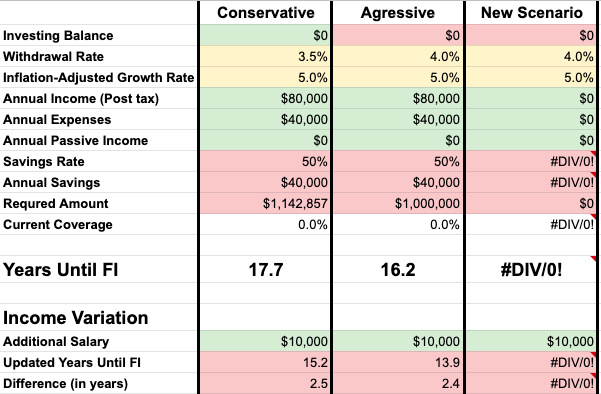

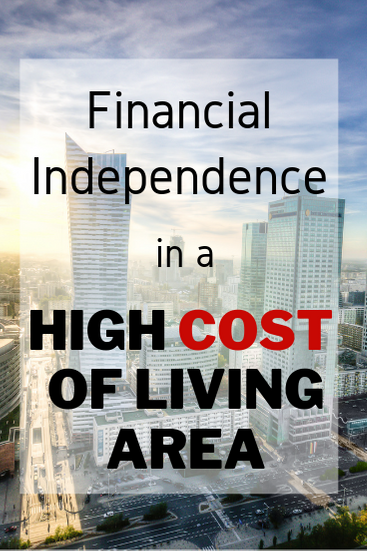


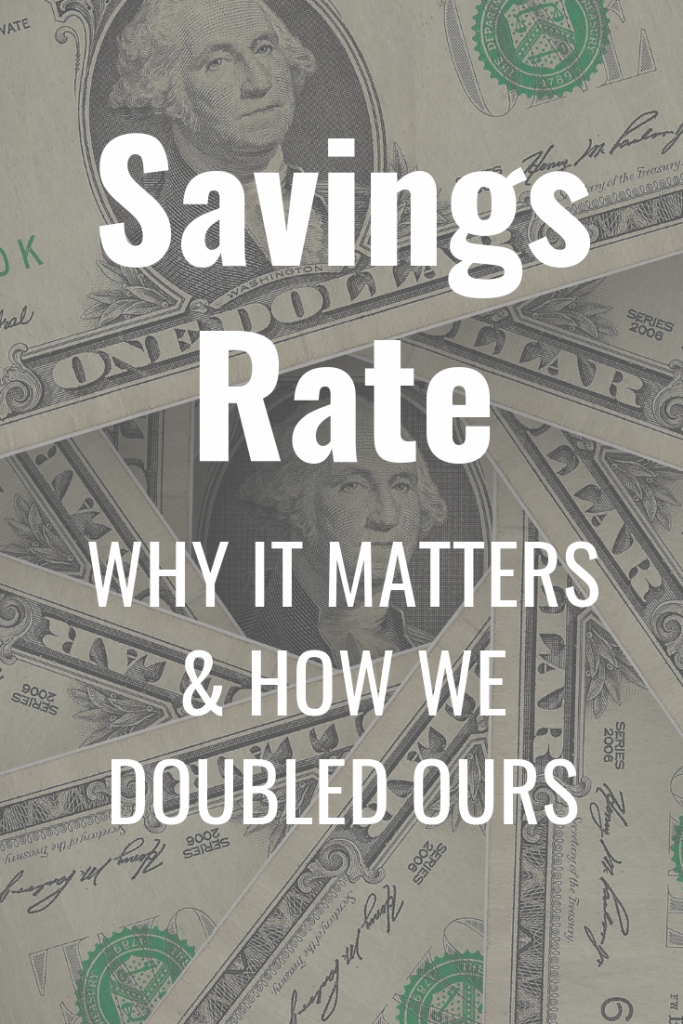

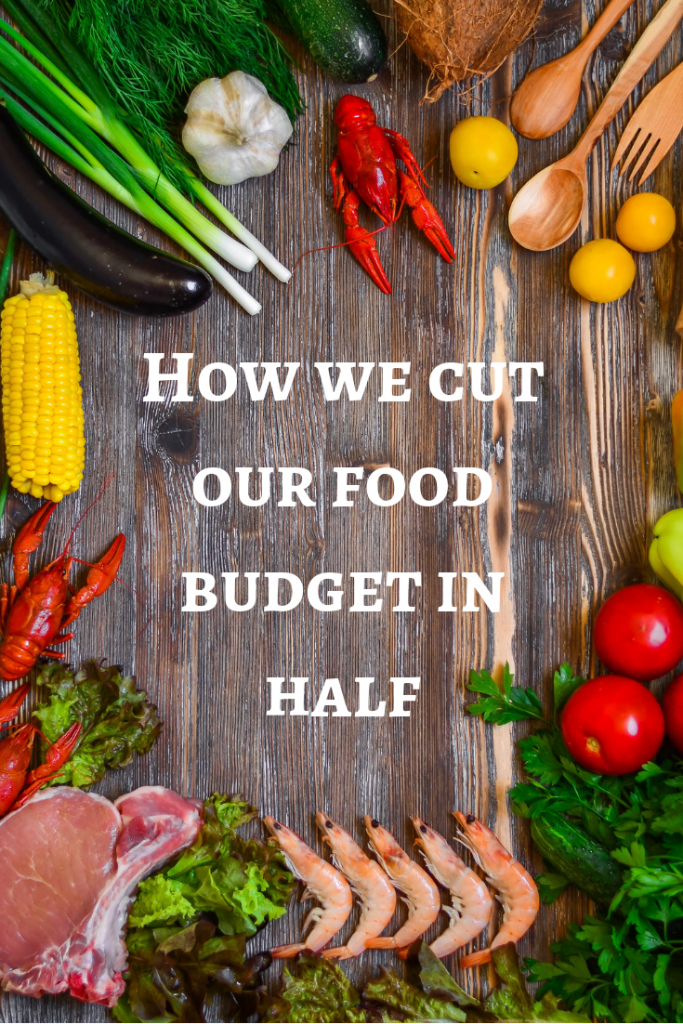


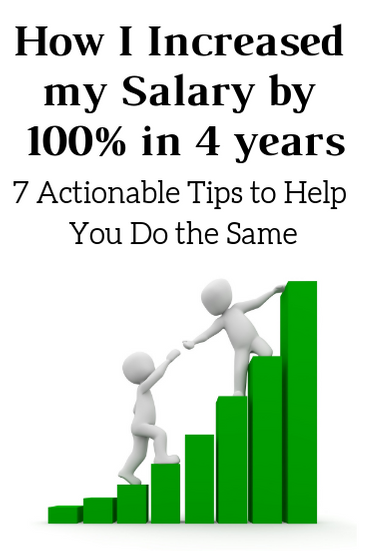
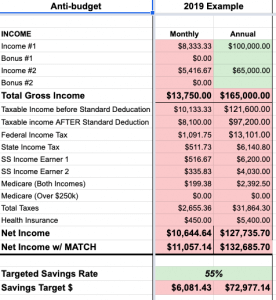

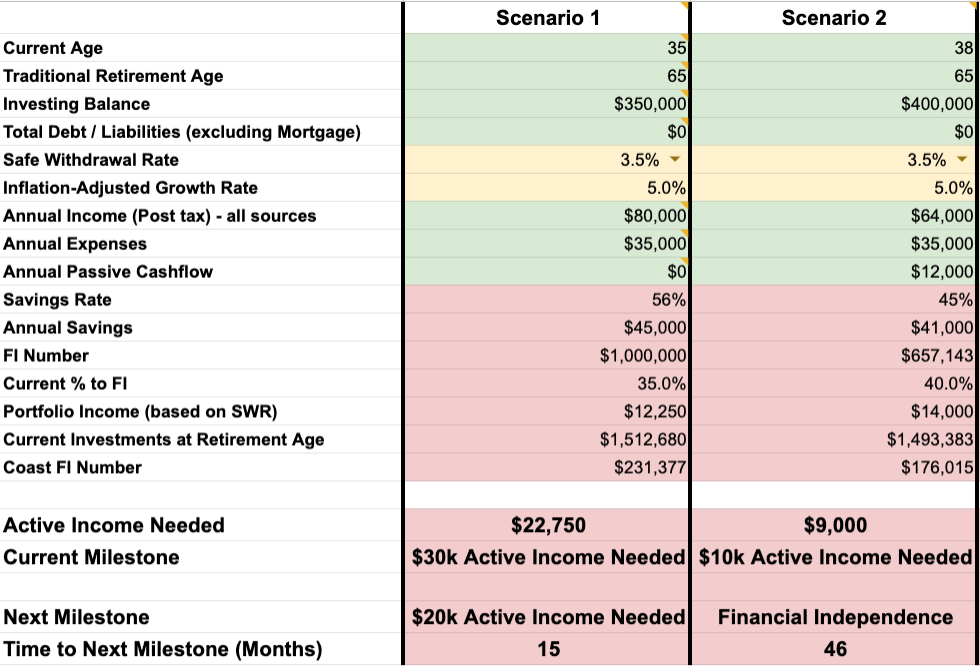
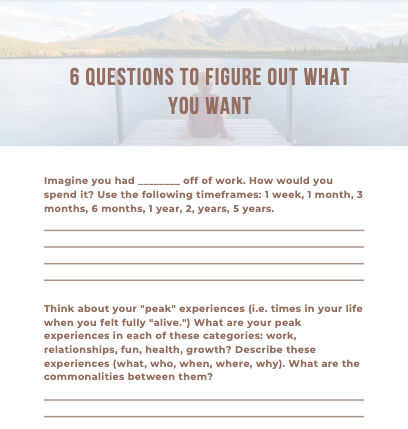

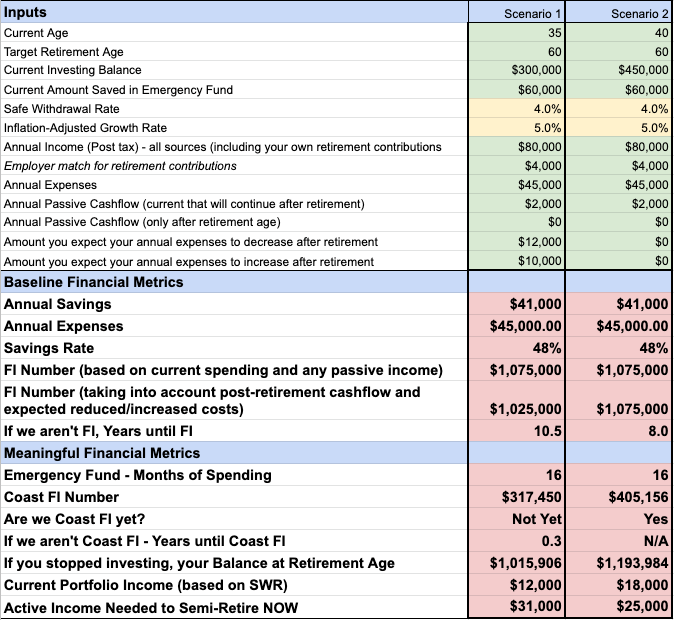
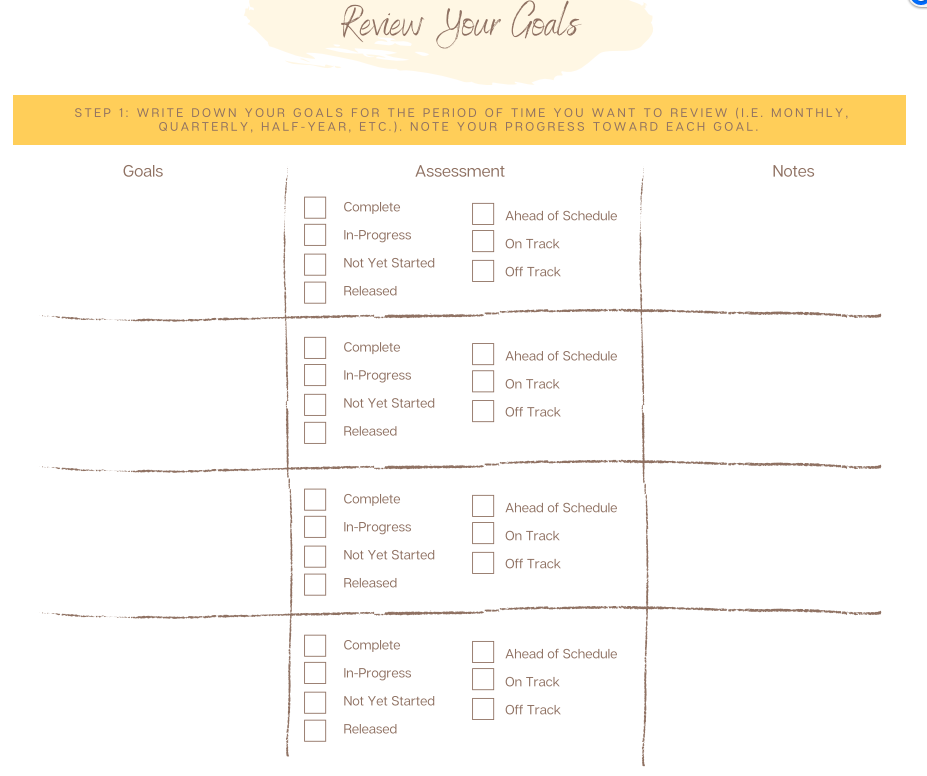
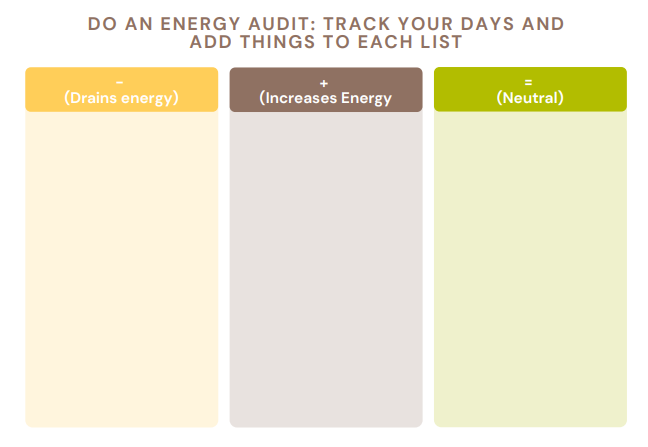

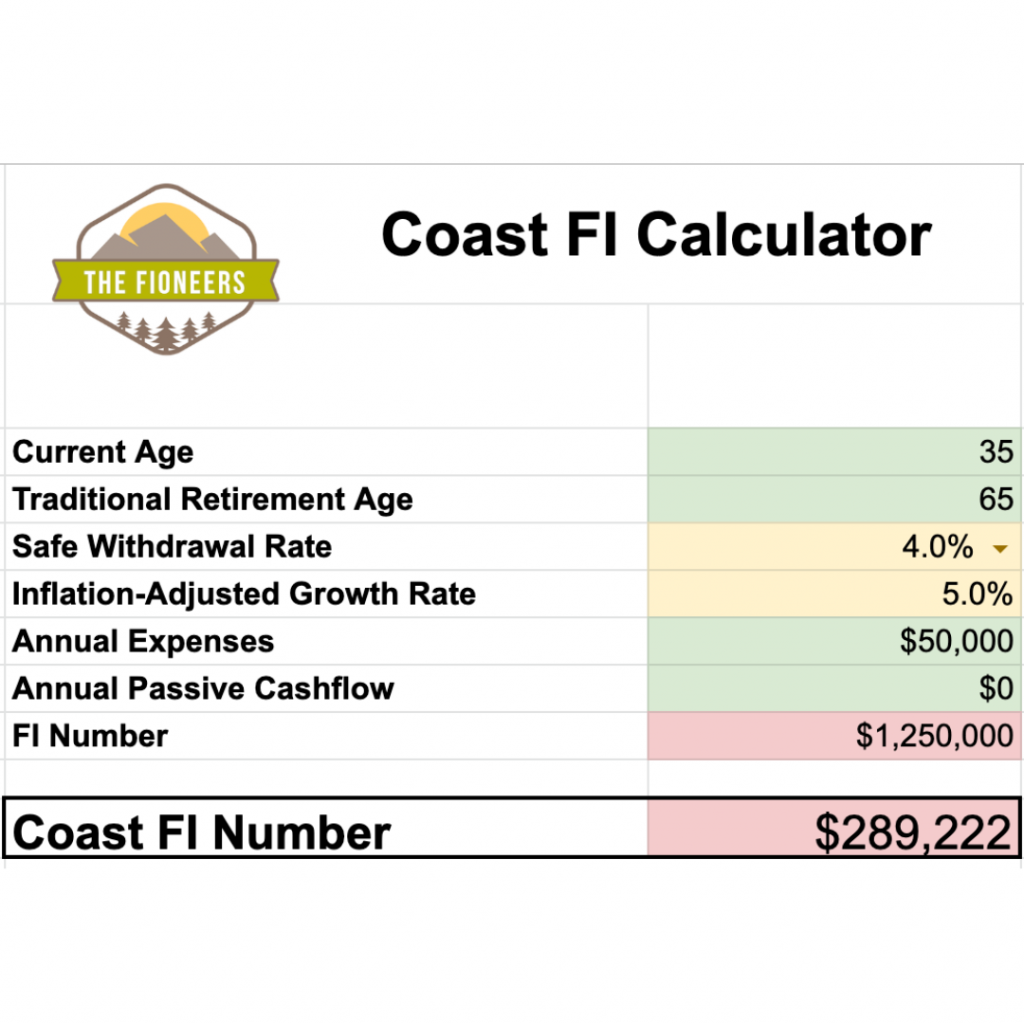



“Your enough number” – I love the concept. Many thanks for the eye opening blogpost. In my experience many people never reach that number, since they always progress it.
Its a good thing in humanity to always grow and prosper, but only as long as its in a sustainable way.
Thats my 2 cents 🙂 experiencing similar stories in my swiss finance blog that you can find here https://www.schwiizerfranke.com
Excellent blog, really key insights. We reached our Coast FI at 57 & 53. We have 2 adult children with severe health issues barely making it due to unable to work full-time. Our younger two are in college. So we are expending more on their needs right now, but still saving 34% of our income to lower our AGI to get good FAFSA money, while having enough liquid for extra healthcare expenses and college.